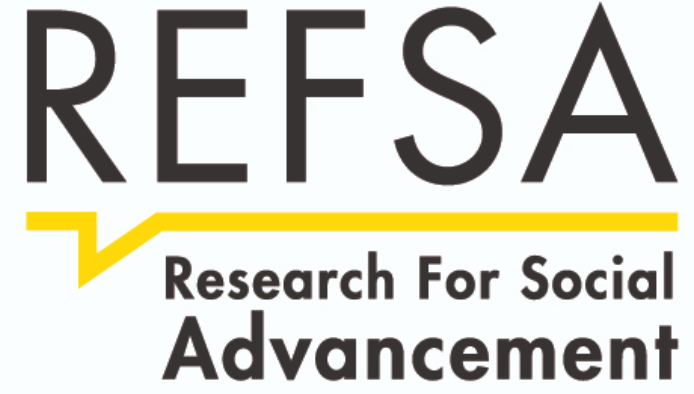There have been quite a bit of news lately surrounding EPF. Last week, Prime Minister Datuk Seri Anwar Ibrahim said the Cabinet would discuss a proposal to raise employers’ contribution to 20% on their respective employees’ EPF accounts. A couple of days ago, the PM called for the EPF to aim for the retirement fund to shift its investment portfolio to comprise 70% of domestic investments by year-end. Our researcher Ng Sze Fung unpacks this with BFM.
Summary
While the move to increase employers’ EPF contribution to 20% is merely a proposal thus far, there are concerns that such a move, which would be an 8% increase from the previous rate, would drive up business costs when there still exists a period of adjustment from the enforcement of the new minimum wage order. The proposal comes from a place of good intention, especially in the advent of EPF withdrawals during the pandemic, however it requires more time and public consultation before moving forward.
With this in mind, it is not to say that the proposal would not bring forth any benefits. Currently, Malaysia’s EPF contribution rate is 12-13%, surpassing that of high income countries such as the United Kingdom (>3%) and South Korea (4.5%), according to the OECD benchmark. Aside from the existing benefits of EPF, the 8% increment is reflected in employers’ contribution (and not employees having to contribute more) and would have trickle down effects and long term benefit towards one’s retirement savings. The main criticisms coming from those who must bear the cost of such changes, particularly so on micro, small and medium enterprises (MSMEs), who may not be able to bear the brunt of the costs whilst reviving their businesses after Covid-19, forcing them into measures such as reducing operation costs and even layoffs in order to compensate. This would also cause a cost-push inflation which can reduce real GDP. The government should focus on assisting these parties to sustain their businesses through 2023, as well as keeping the cost of living manageable. Given the shock such a measure would cause, there should be a government strategy with a clear focus on how to increase levels of savings in the future, including public consultations with stakeholders, which would take years of work to create the groundwork required.
Measures taken during the pandemic, such as allowing citizens to withdraw from EPF, were necessary, however actions such as halting withdrawals from EPF, as well as tax rebates and other forms of incentivisation can be taken to address the lack of retirement savings among Malaysians.
Meanwhile, the proposal of shifting 70% of EPF’s investment portfolio to comprise of 70% of domestic investments by year-end would overall raise dividends and increase the savings of Malaysians, as well as rebuilding a more self-sufficient economy post-pandemic and in the midst of the evolving geopolitical environment. In the long run, it will ensure liquidity for domestic firms should there be an influx of capital as well as an appreciation of the ringgit. Overall people should not outright reject this proposal, but keep close with developments from the government. Ultimately, it would be up to various stakeholders to determine the efficiency of such a proposal.
–
Produced by: Dashran Yohan
Presented by: Dashran Yohan

